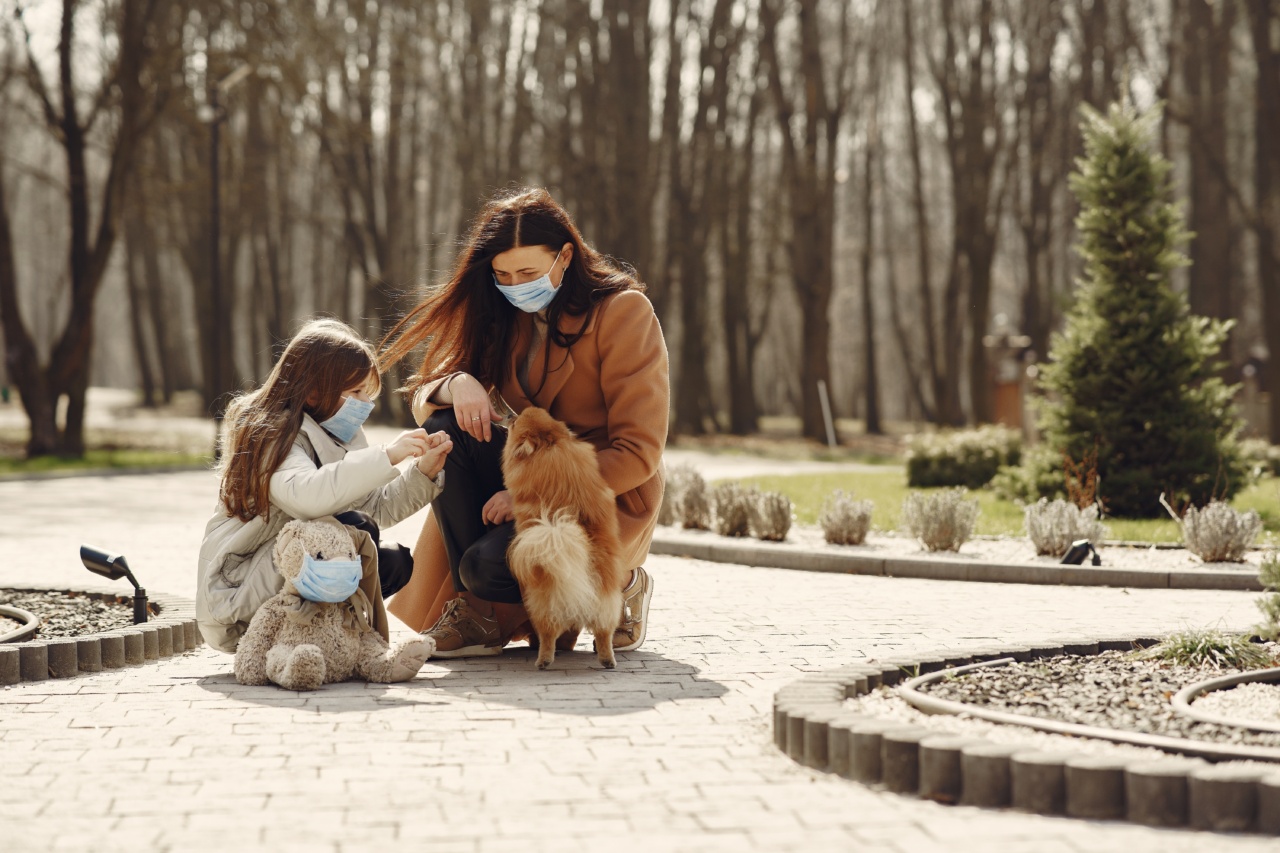Taking your dog for a walk is an essential part of their daily routine. It not only provides exercise and stimulation but also allows them to explore the outside world.
However, walking a dog can sometimes be a challenging and uncomfortable experience for both the pet and the owner if the leash is not handled properly. In this article, we will explore some tips to help you master the leash and ensure a comfortable and safe dog walk.
1. Choosing the right leash
The first step to mastering the leash is selecting the right one for your dog. There are various types of leashes available including nylon, leather, and retractable ones. Consider your dog’s size, strength, and behavior when choosing a leash.
For larger and stronger dogs, a sturdy nylon or leather leash is recommended. Retractable leashes can be convenient but may not provide adequate control in certain situations.
2. Proper leash length
Once you have selected the appropriate leash, it’s crucial to ensure the right length. A leash that is too short can restrict your dog’s movement and make them feel uncomfortable.
On the other hand, a leash that is too long may compromise your control over the dog. Ideally, a leash length of 4-6 feet provides a good balance between freedom and control.
3. Correct leash handling
Proper leash handling is essential to ensure a comfortable and safe dog walk. Hold the leash with a relaxed grip, neither too tight nor too loose.
Avoid wrapping the leash around your hand or fingers as it can cause injuries if your dog suddenly pulls or lunges. Hold the leash close to your body to maintain control and prevent the dog from pulling you.
4. Use positive reinforcement
Dogs respond well to positive reinforcement, so use treats and praises to encourage good leash behavior. Reward your dog when they walk calmly by your side without pulling.
This will reinforce the desired behavior and make the walk more enjoyable for both of you. Avoid using punishment or harsh methods as they can create fear and anxiety in your dog.
5. Train leash manners
Teach your dog appropriate leash manners through consistent training. Start in a controlled environment with minimal distractions and gradually introduce more challenging situations.
Use commands like “heel” or “easy” to indicate the desired behavior. Reward and praise your dog when they respond correctly. Consistency and patience are key to training leash manners.
6. Be aware of your surroundings
When walking your dog, it’s important to be aware of your surroundings for everyone’s safety. Keep an eye out for potential hazards such as aggressive dogs, busy roads, or poisonous plants.
Stay alert and anticipate your dog’s reactions to avoid sudden pulls or lunges. Understanding your environment will help you respond appropriately and keep your dog secure.
7. Consider a harness
If your dog tends to pull excessively or has difficulty walking on a leash, consider using a harness instead of a collar. Harnesses distribute the pulling force more evenly across the dog’s body, reducing the strain on their neck and throat.
Look for a well-fitting harness that doesn’t restrict movement but provides control and comfort.
8. Practice leash skills
To master the leash, dedicate regular practice sessions to improve your dog’s leash skills. Set aside time each day for short walks where you focus on loose leash walking and good manners.
Gradually increase the duration and complexity of the walks as your dog becomes more proficient. Consistent practice will strengthen your dog’s understanding of leash etiquette.
9. Socialize your dog
Socialization plays a crucial role in ensuring a comfortable and safe dog walk. Expose your dog to different environments, people, and other animals. This will help them become familiar with various situations and reduce anxiety or aggression.
A well-socialized dog is more likely to walk calmly on a leash and interact positively with their surroundings.
10. Be patient and persistent
Mastering the leash takes time, patience, and persistence. Each dog is unique, and some may require more training and guidance than others. Remember to stay calm and composed during walks and avoid getting frustrated or angry.
Celebrate even the small improvements and keep reinforcing positive leash behavior. With time, your dog will become a pro at walking on a leash.


























